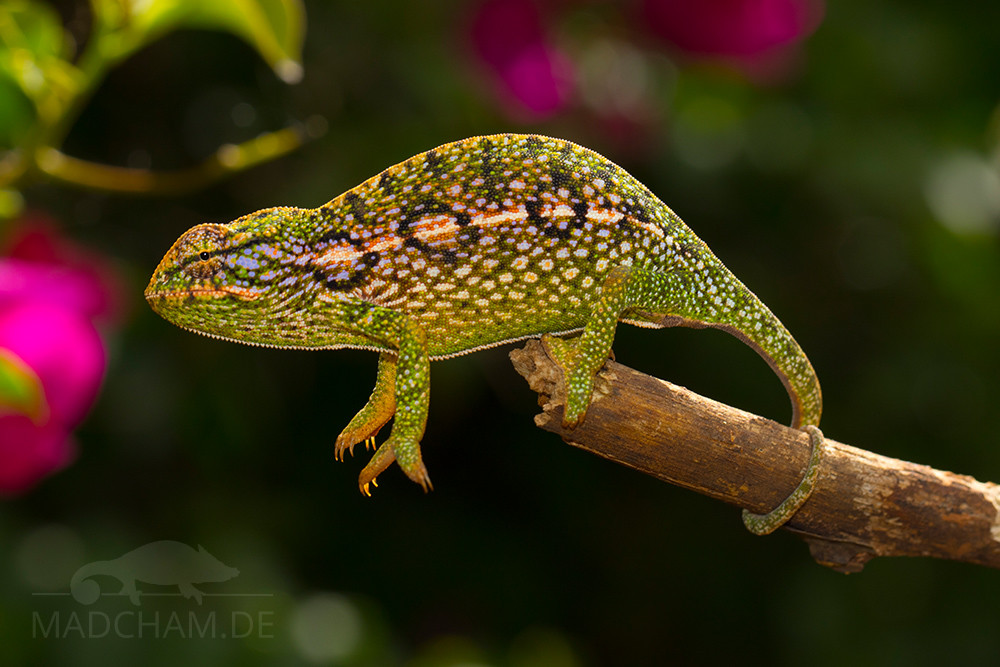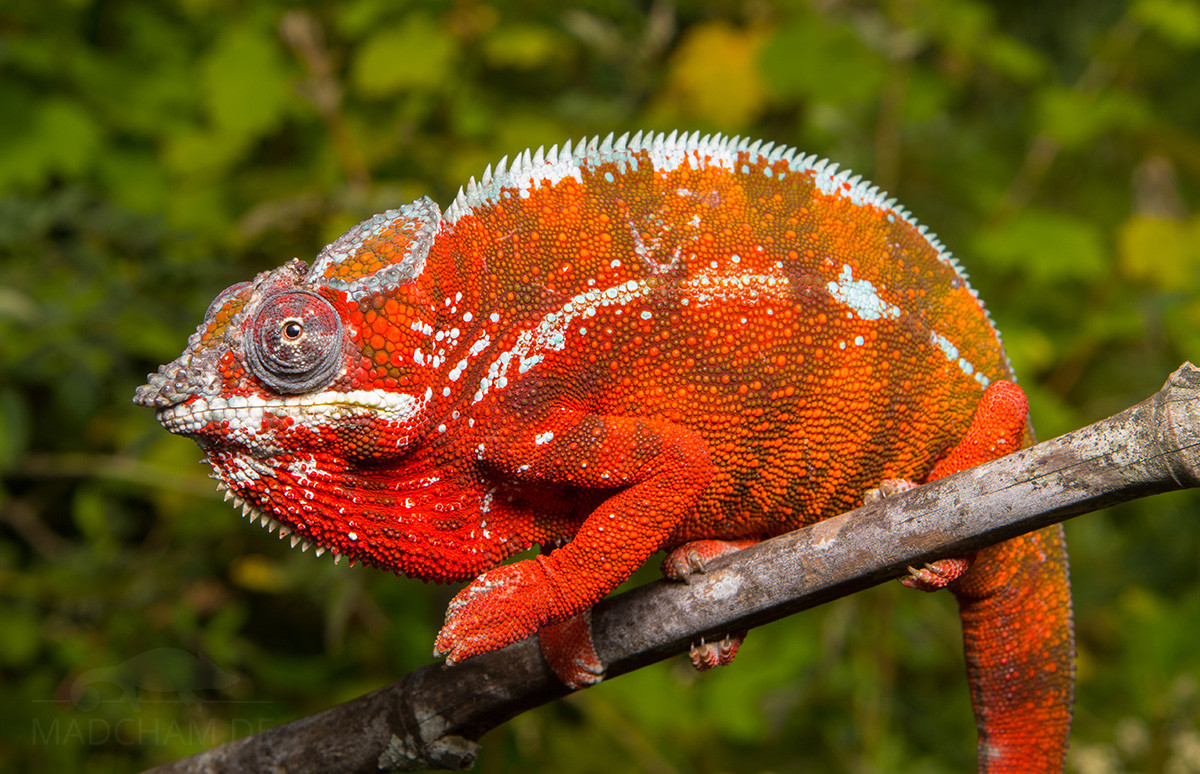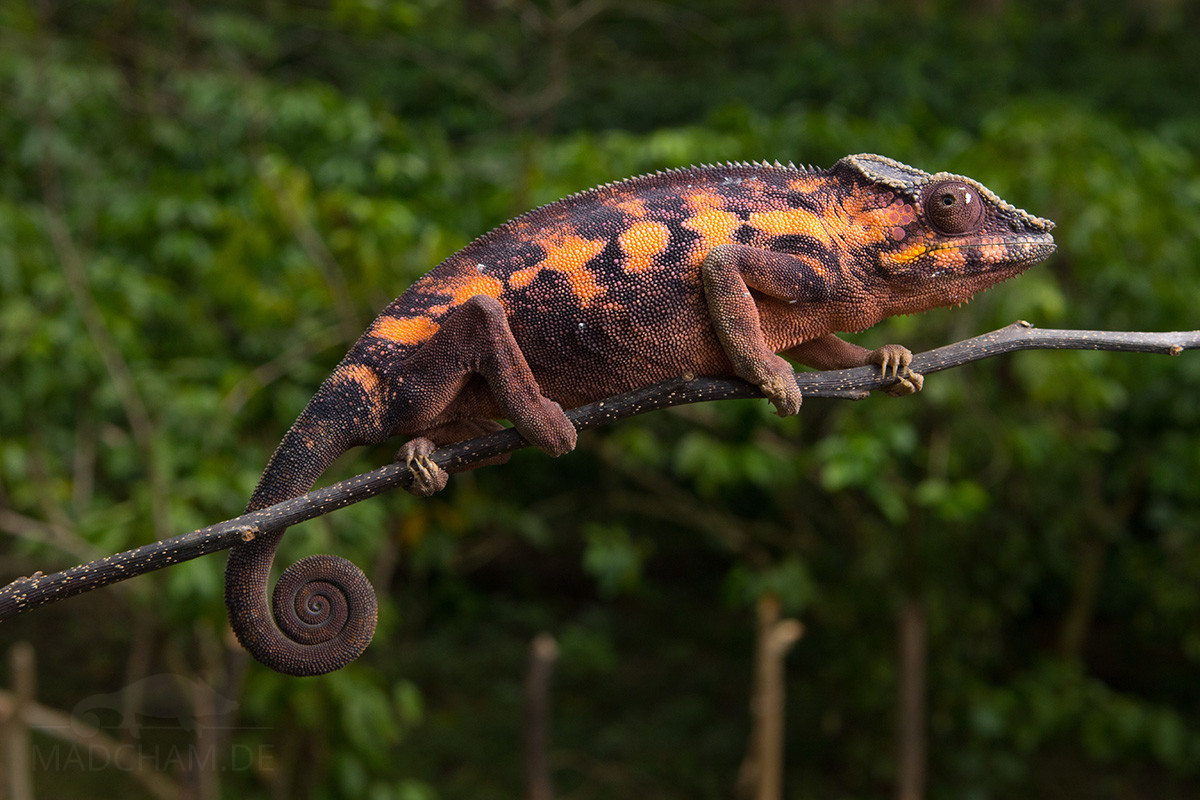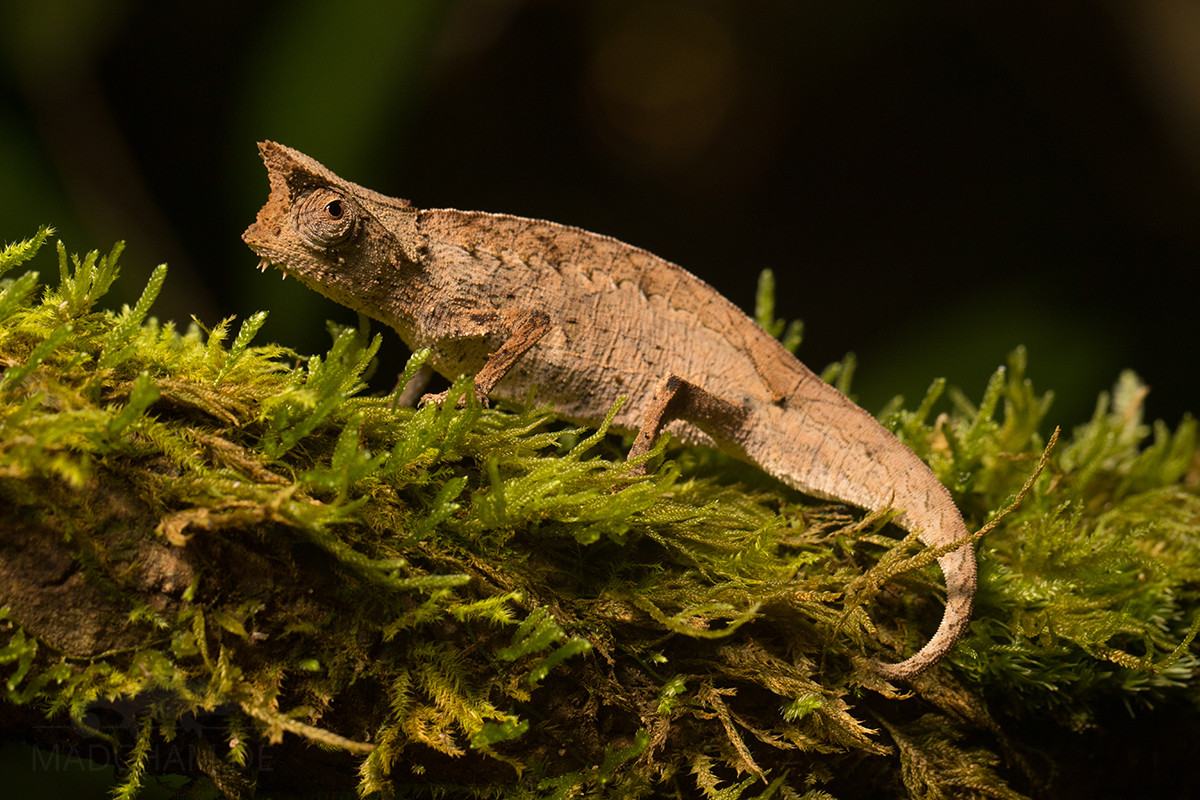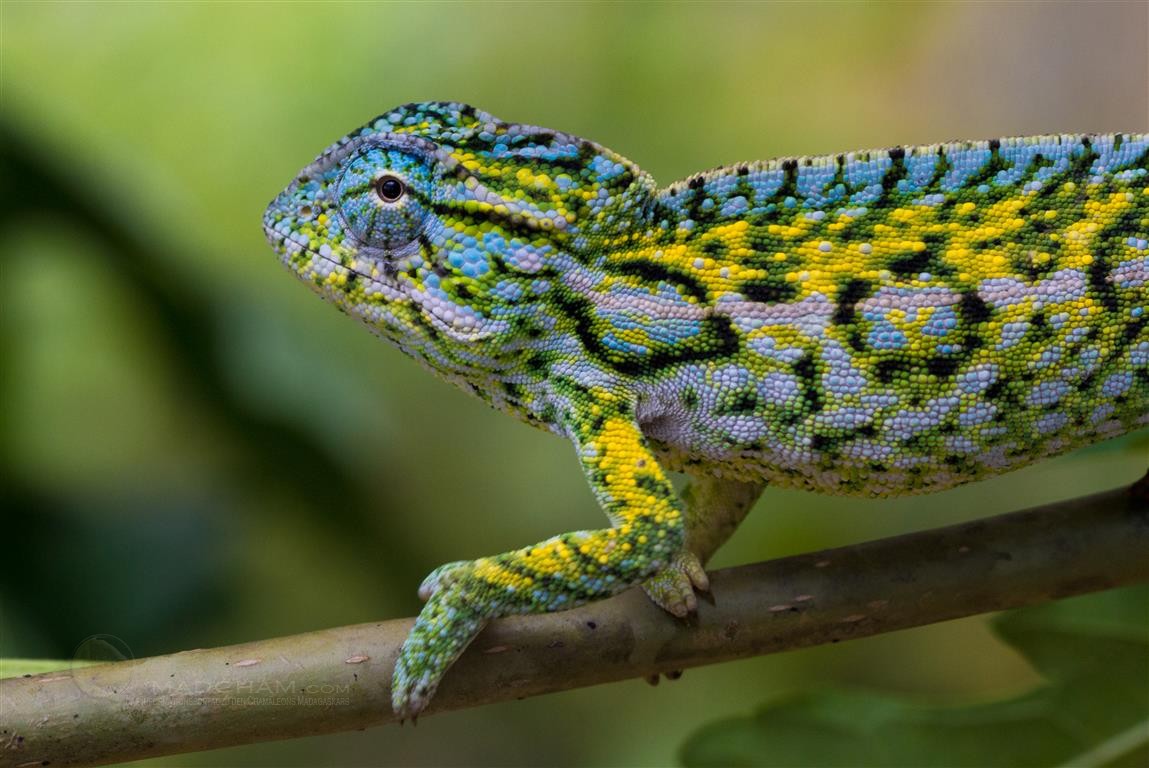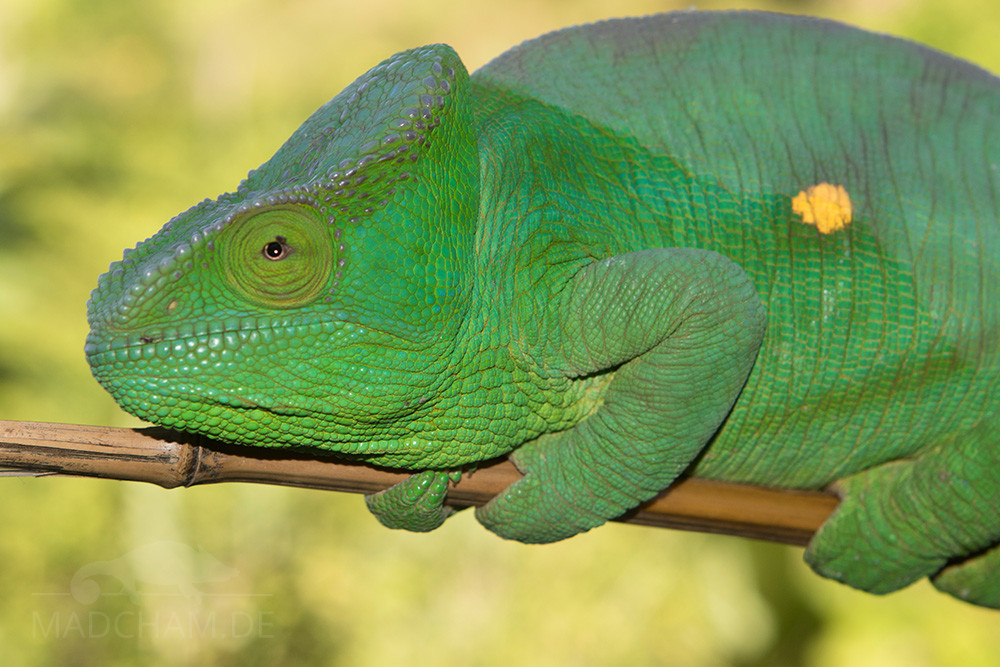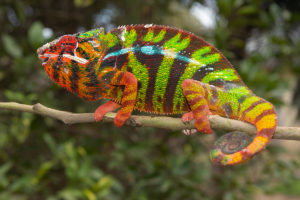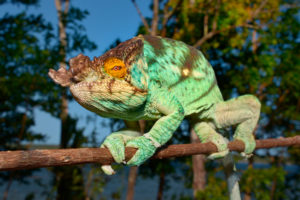Keeping and breeding chameleons are relatively costly compared to other pets. Each chameleon has to be kept in its own terrarium, which takes up a lot of space but also means more effort. The electricity costs alone can reach astronomical heights for some breeders. This could be reflected in the price of the animals – however, with most lovers the sales costs do not even cover the running costs of the offspring. However, this article is not only intended to illuminate the purchase price of a chameleon, but also everything that is still to be paid for by the owner.
Purchase prices of chameleons
As with other animals, supply and demand determine prices for chameleons. Years ago Parson’s chameleons could only be purchased in the mid-four-digit range, but today the prices have already reached the mid to high three-digit range due to increasing numbers of offspring. Panther chameleons have been relatively stable for years at 100 to 250 € – the price can be considerably higher for newly imported animals or rarer local forms (or in countries where chameleons are less well available than in Germany). Leaf chameleons are often cheaper with up to 150 € because of their lack of popularity (often said to be “small brown critters”) and because of their short life, but they are more challenging in keeping. Carpet chameleons have ranged between 100 and 150 € for years. The above-mentioned prices apply to young animals in Europe. Adult animals, which have already successfully had offspring, or rarely kept species are accordingly more expensive in a purchase.
With apparently disproportionately high or extremely favorable prices one should always be taken aback: Is someone selling a particularly coveted, supposedly rare locale of a panther chameleon only as expensive as possible, or has someone even saved a lot on rearing costs? Another, more recent example: During the Corona pandemic, there was and still is a huge increase in domestic animals kept. The high demand for pets could not and cannot be met in some cases, causing prices to skyrocket. In this situation, in order not to fall for resourceful sellers who take advantage of the situation, it may be worth waiting a little longer than planned for the desired chameleon from the right breeder.
Our basic view is that if you want to buy a certain animal, the price should play a subordinate role. In the case of chameleons, it is not worth trading for ten Euros or negotiating discounts when buying several animals: they will cause sufficient costs later on so that these alleged savings will no longer play a role.
Acquisition cost
In addition to the purchase price of the animal itself, the acquisition costs include above all the terrarium and its lighting. Depending on the material, size, and lamps used, this can quickly add up to several hundred euros, but there is no upper limit. If you want it to be particularly large and beautiful, you will find it in four digits. For example, a self-built terrarium (without lighting) from aluminum profiles, forex plates, Alugaze, and glass may cost this or that – one can count on 150 to 800 € depending on the required size. Ready-made terrariums bought in pet stores are more expensive than self-made models. In addition, they are usually not chameleon-suitable. Usually, the ventilation areas have to be improved, for which you need the appropriate building material and tools. If you want to use back walls, you also have to include these costs. In addition to these pure terrarium costs, there are several lamps for each terrarium as well as their suspension or a suitably built cover. The lighting alone usually costs between 100 and 400 € depending on the size of the terrarium. In addition, further equipment such as timers, extension cords, complete sprinkler systems or spray bottles, possibly mats underneath the terrarium to catch moisture as well as boxes for feeders (and the corresponding space) are necessary.
The branches and substrate for chameleon terrariums can usually be obtained free of charge from gardens and nearby hardwood forests. However, for very large terrariums, it may be less of a hassle to replace some of the required soil with purchased potting soil. It is easy to be amazed at how many bags fit into a large terrarium floor! Example: Already with a terrarium of one meter width and 70 cm depth and a height of 30 cm you go with 210 liters of soil. If you only want to use one or two buckets of forest soil for “inoculation“, you still have five 40l bags of potting soil left to buy. The plants for the terrarium usually have to be bought as well. Here, too, the cost should not be underestimated: Those who want to have more than just Pothos in the terrarium usually dig a little deeper into their wallets. If you want to install drainage, you will have to purchase additional drainage material.
Ongoing keeping costs
Especially in the case of chameleons, it is important to consider the running costs of keeping the chameleons before purchasing them. As with most pets, these far exceed the purchase costs over the years.
- Electricity: Something that is often forgotten, but usually causes the highest costs when keeping many chameleons. Who buys many new terrariums over one year, but does not adjust the monthly advance payment for the electricity bill, can experience a nasty surprise at the end of the year. Roughly one should calculate with approximately one Euro per watt of lighting over the terrariums per year in Europe.
- Replacement for terrarium equipment: If you do not have a particularly green thumb, you will have to replace individual plants every now and then over the months. Even lamps break down at some point, in the best case you already have a replacement for this case in hand.
- Veterinary costs: Hardly any chameleon remains healthy for life. Accordingly, as with other pets, you have to reckon with costs for illnesses. A certain financial cushion should therefore always be available, e.g. for an egg binding surgery or x-rays and blood tests. Emergency surgeries or hospital stays can quickly cost several hundred Euros due to the intensive care provided by specialists. In addition, there are regular fecal examinations, which are also recommended for healthy chameleons.
- Food & Supplements: Who breeds food animals himself can get off cheaply here. Most keepers, however, purchase feeders from wholesalers, which of course have to be paid for. Prices plus shipping can be found on all major websites. Supplements such as vitamins and calcium are usually only bought every few months.
- Chameleons are addictive: A not entirely serious warning should not be missing at this point. In fact, most of the keepers who dedicate themselves to the new hobby of terraristics do not only keep one terrarium in the long run. Quickly you have two, three, four, or even more tanks. And, of course, the costs add up accordingly.
As you can see, the question of the article is not so easy to answer. But what you can see for sure: Chameleons are absolutely no inexpensive animals, just as terraristics is simply not a cheap hobby. So if you already swallow at the acquisition costs, you should rather think twice about the matter with the chameleons.

